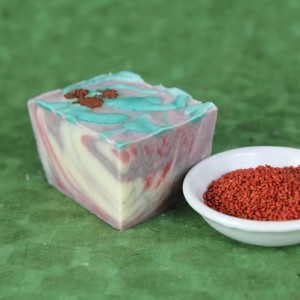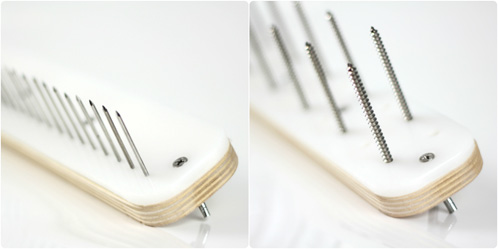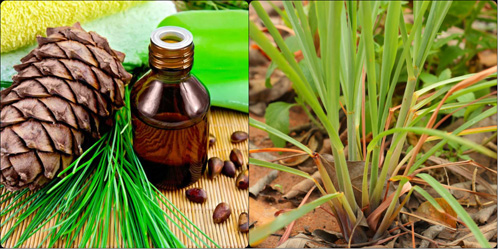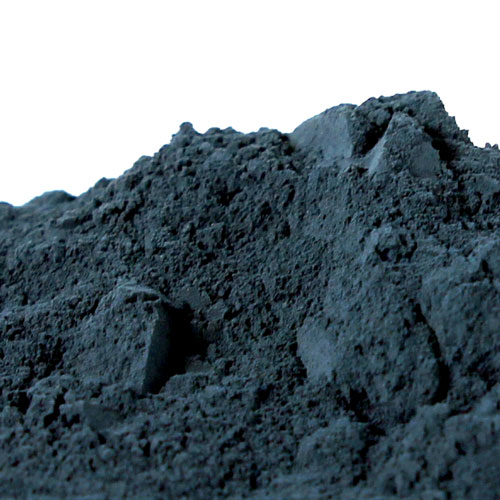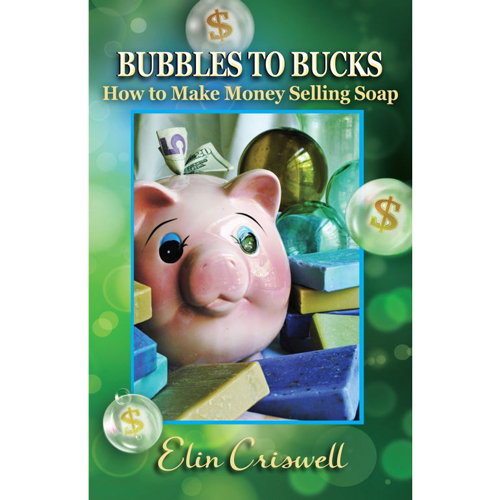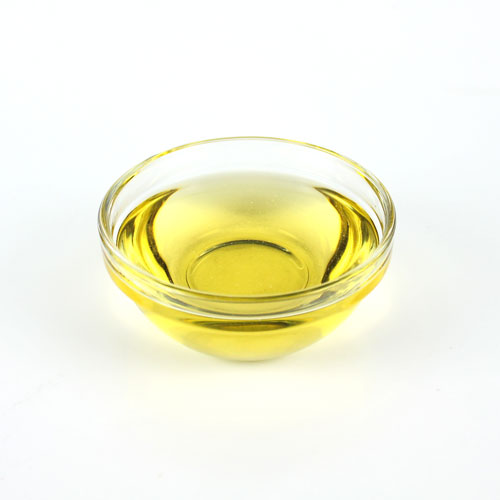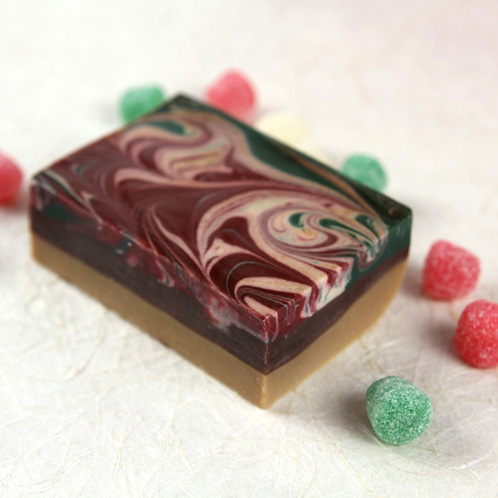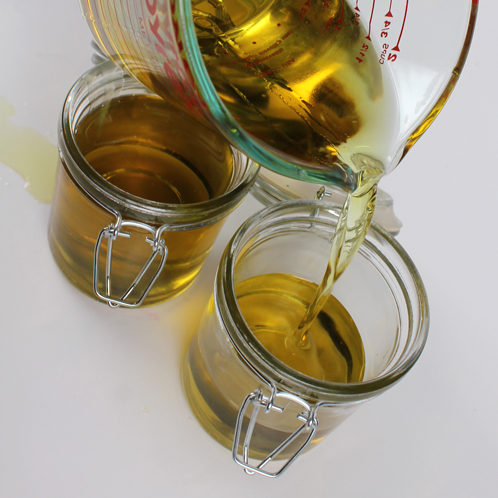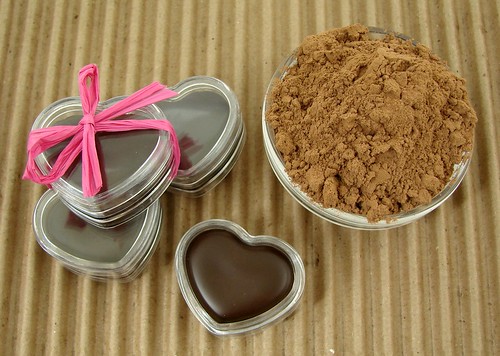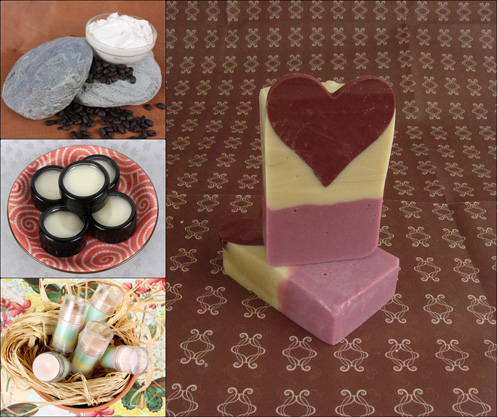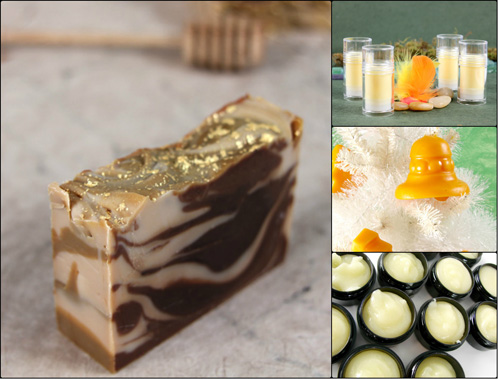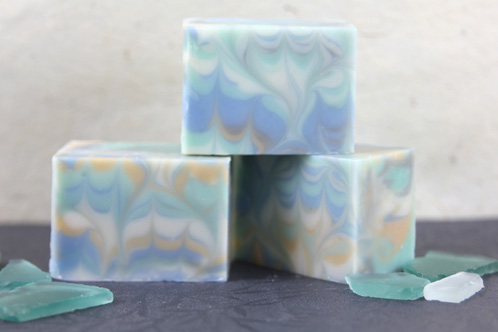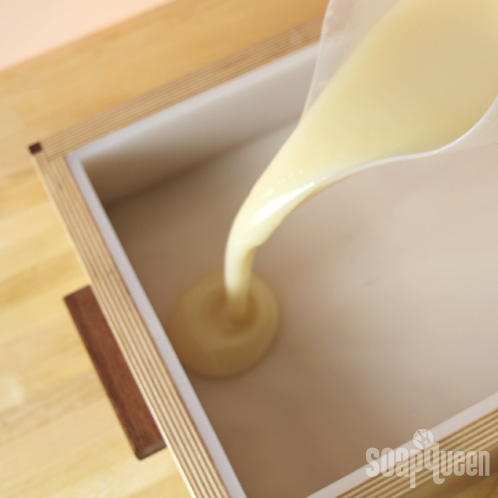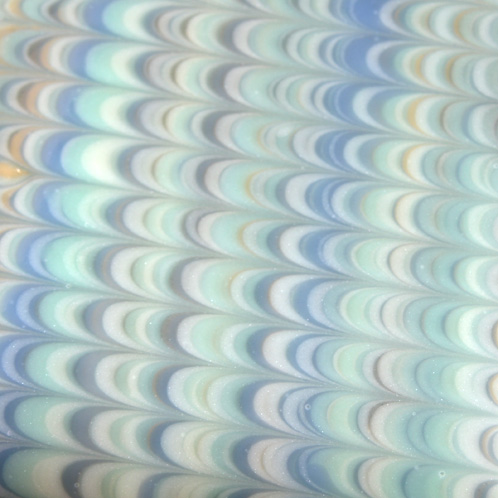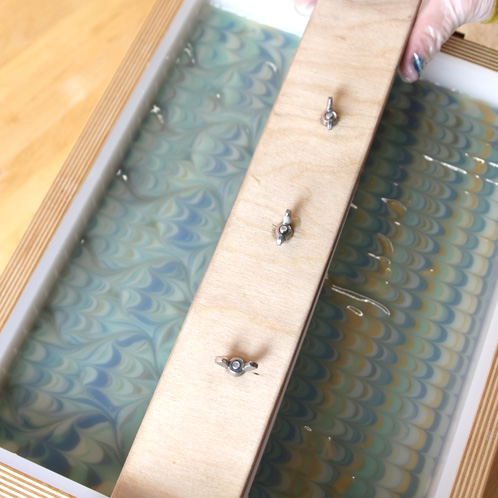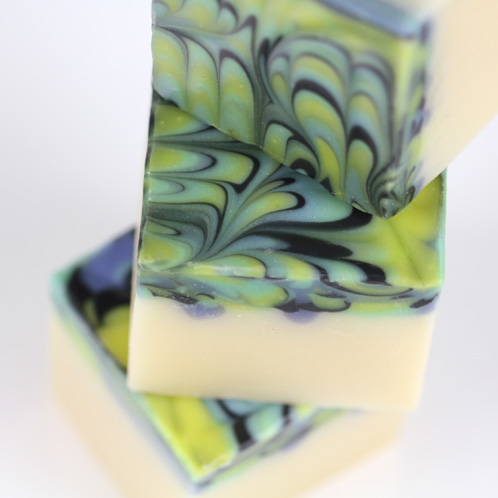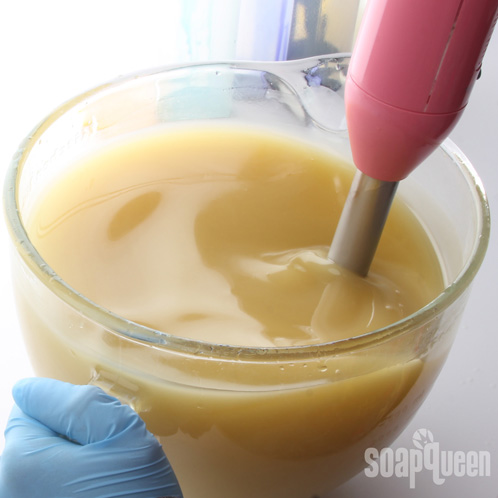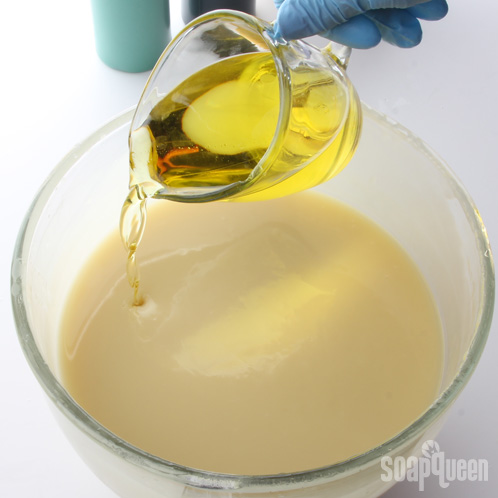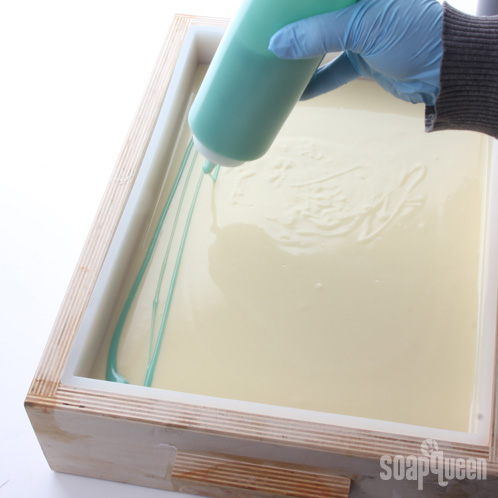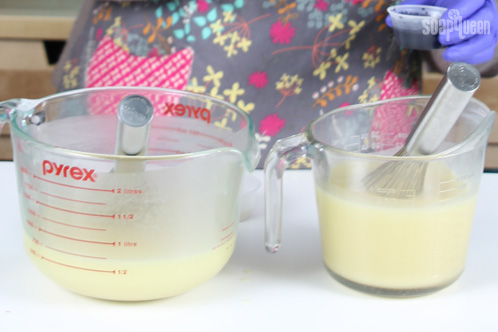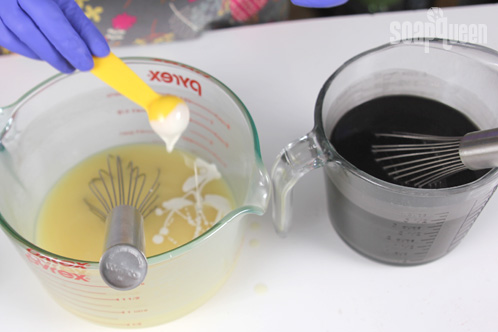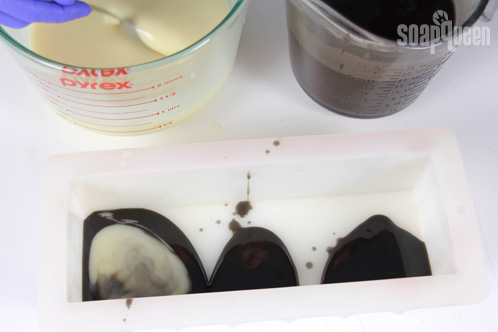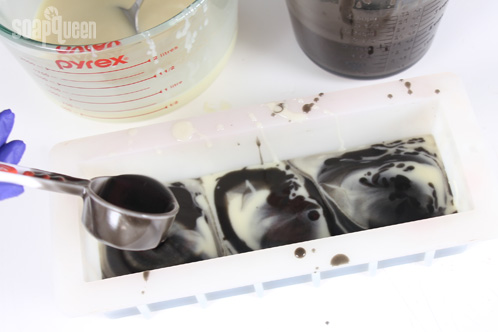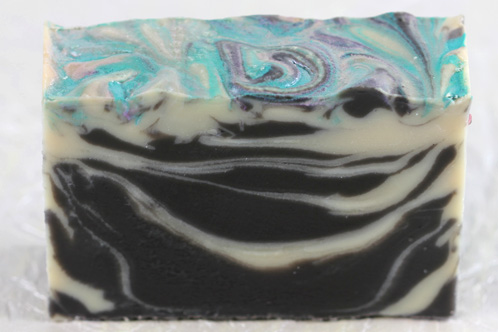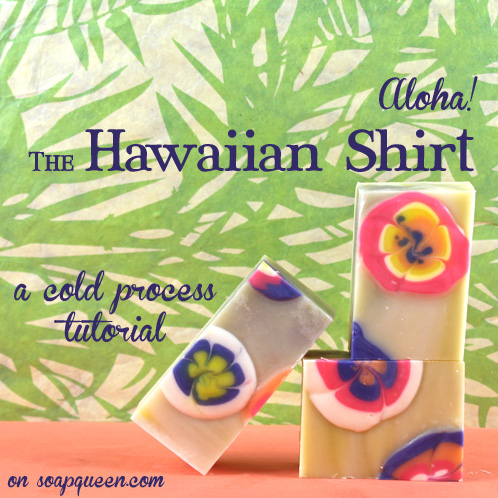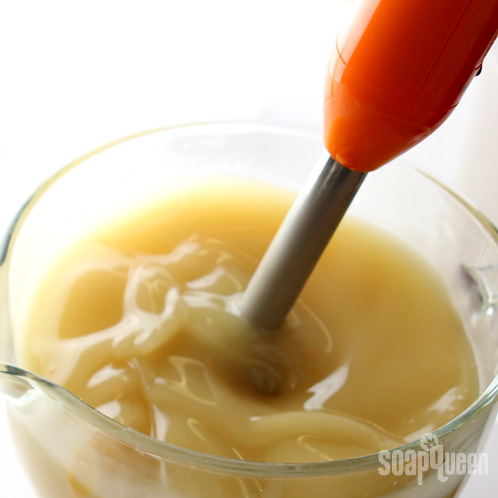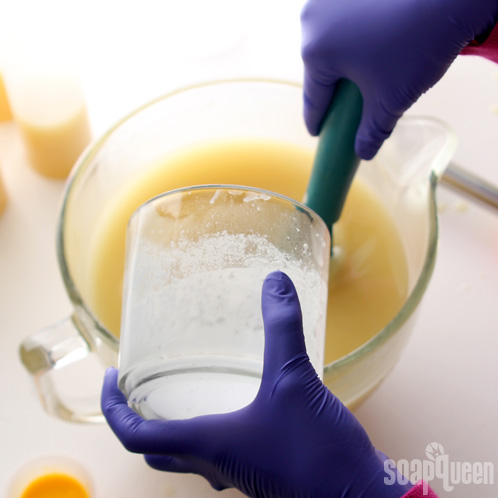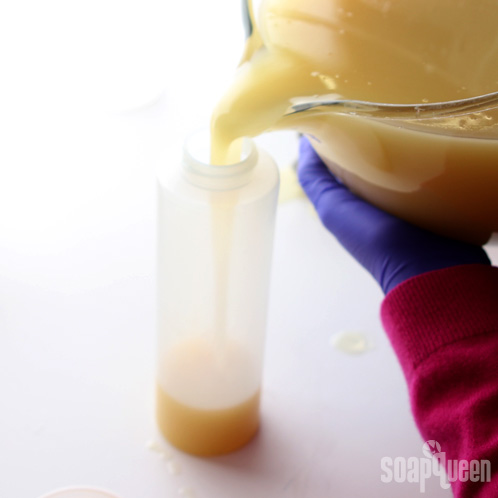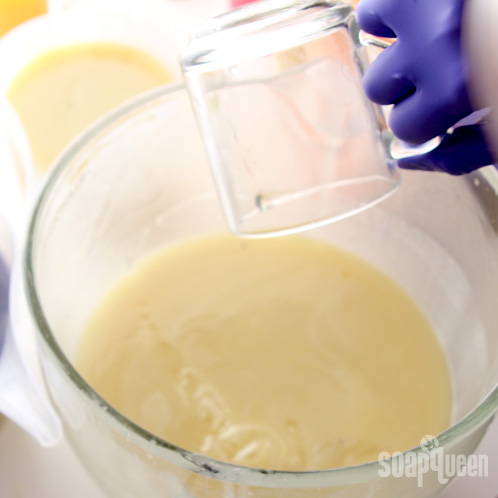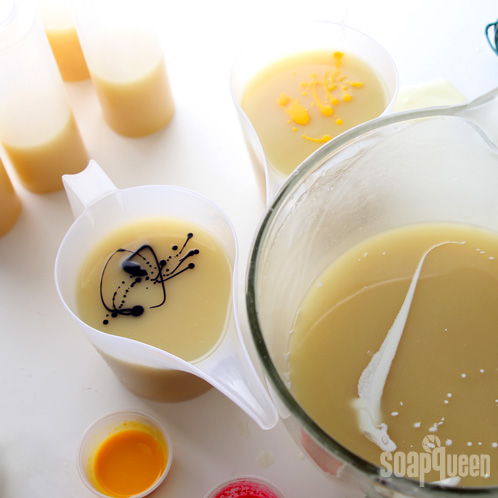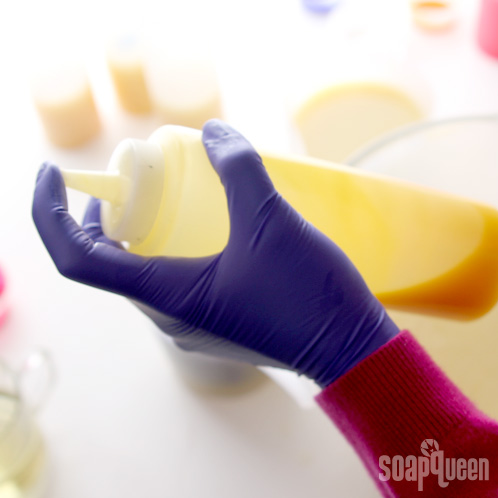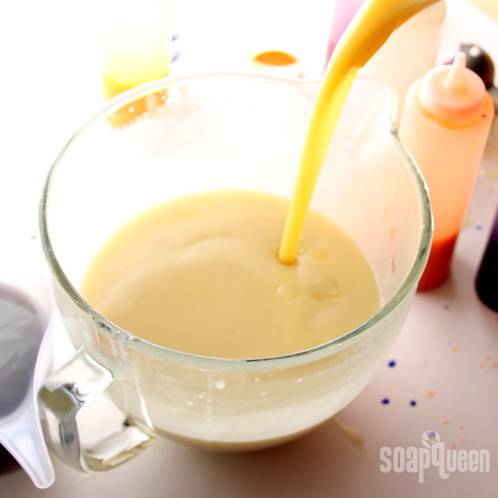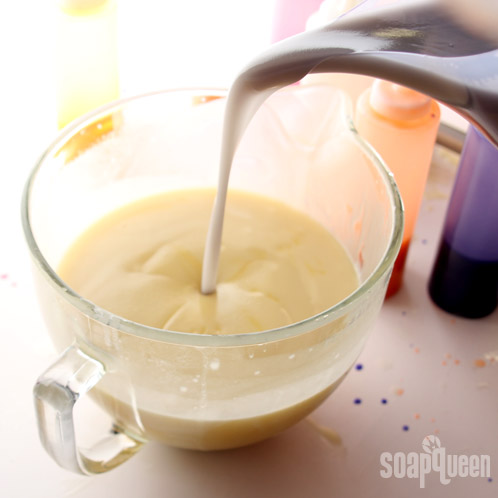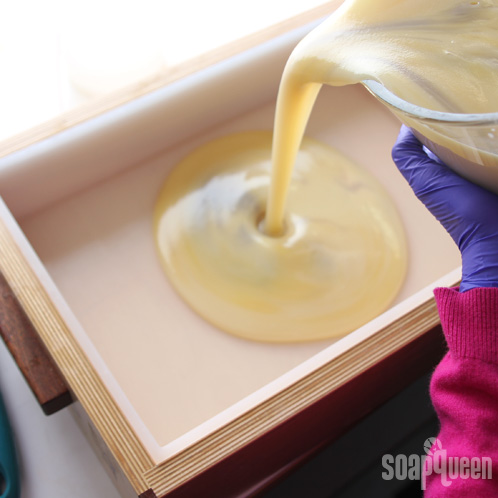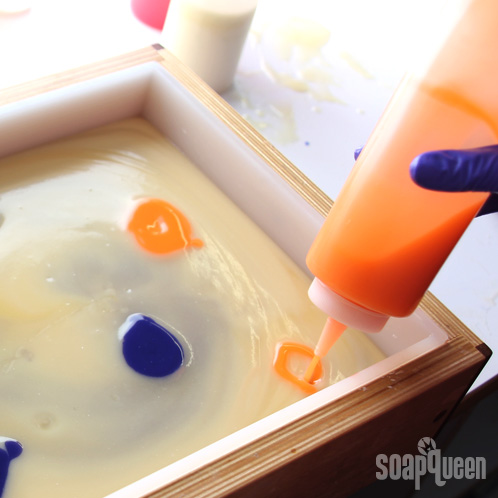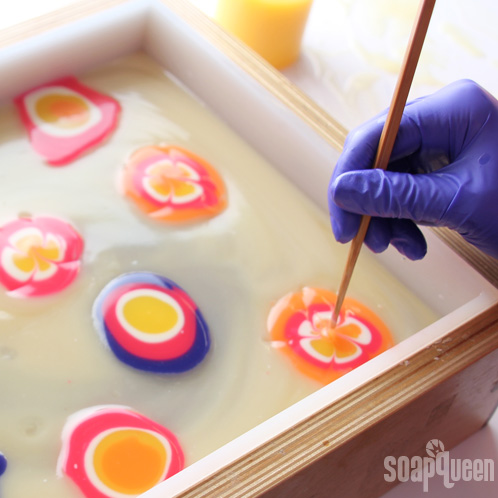We are so excited about our new swirl tools that we went on a bit of a soaping spree with them (and by ‘spree‘, I mean I made well over 90 pounds of soap in three weeks with them just to try out new techniques). We started with the Frog Foot, continued with the Butterfly Swirl and now we’re bringing you this fabulous French Curl. Inspired by a paper marbling technique, this pattern translates beautifully in soap. This soap also has scent blend reminiscent of a gourmet meal: a savory blend of Litsea, Black Pepper and Basil essential oil is a sprightly, uplifting somewhat masculine scent.

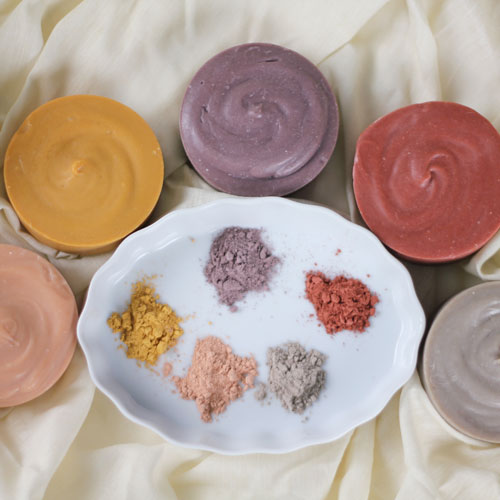
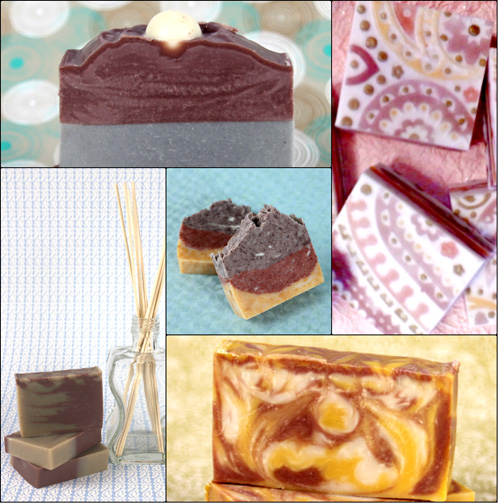
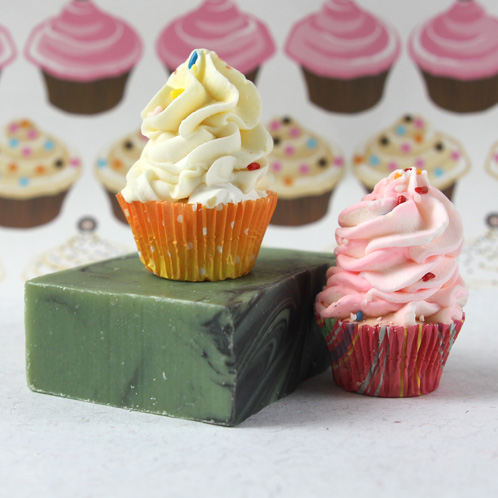
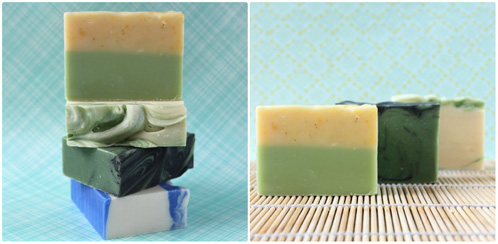
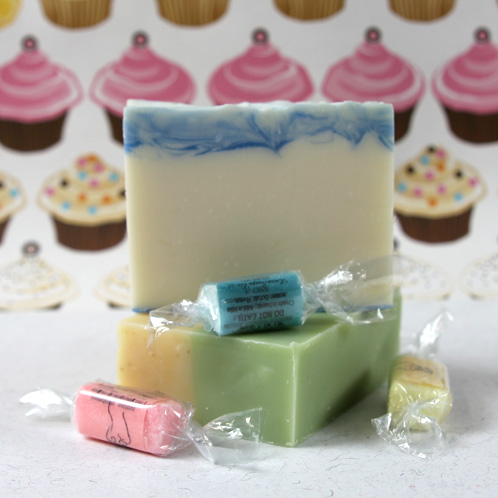

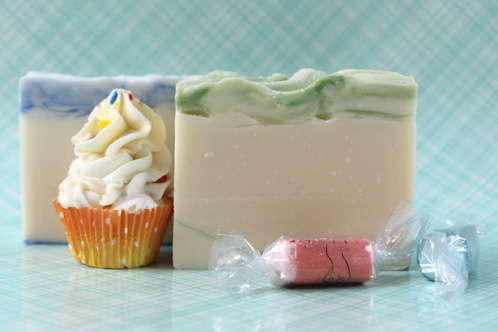


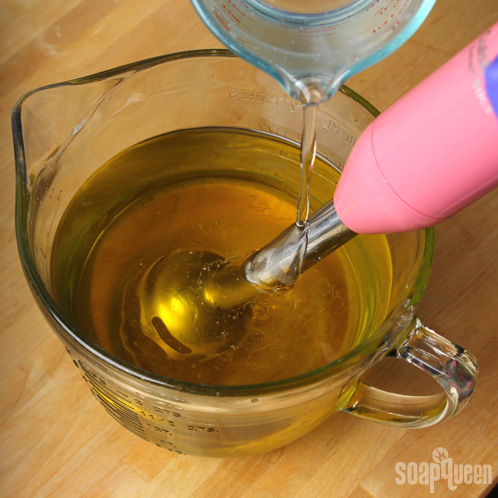





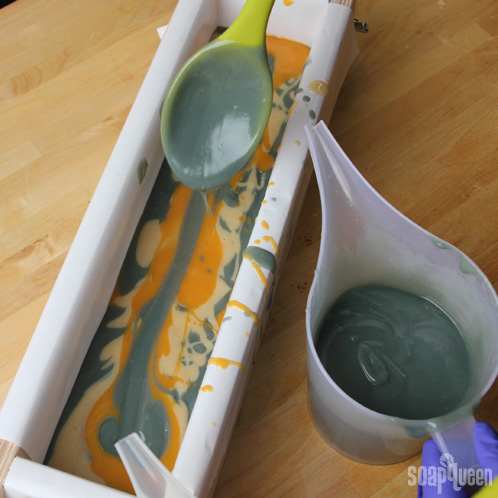







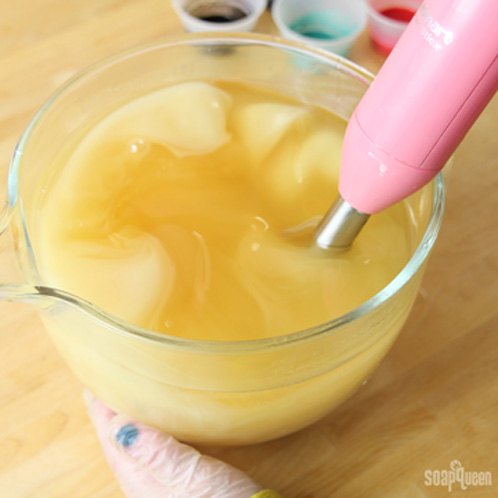

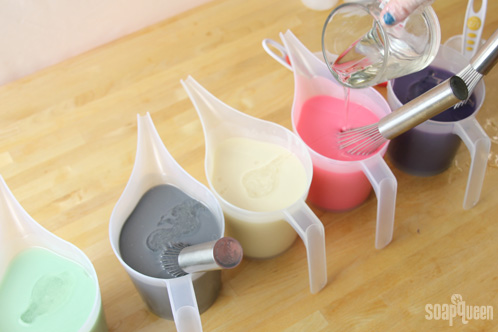


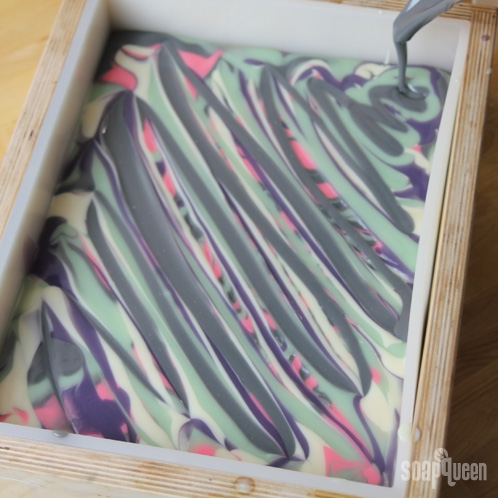
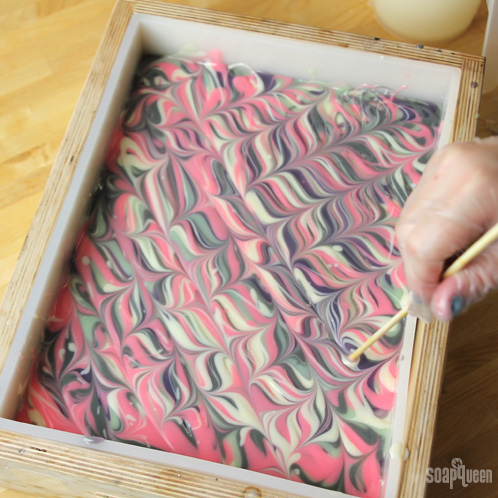

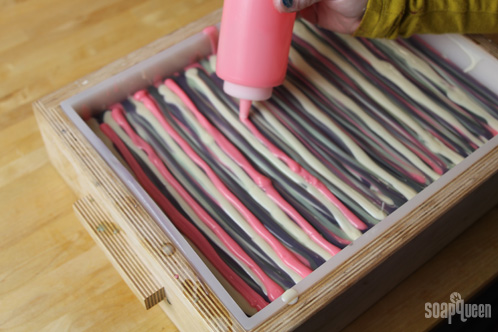
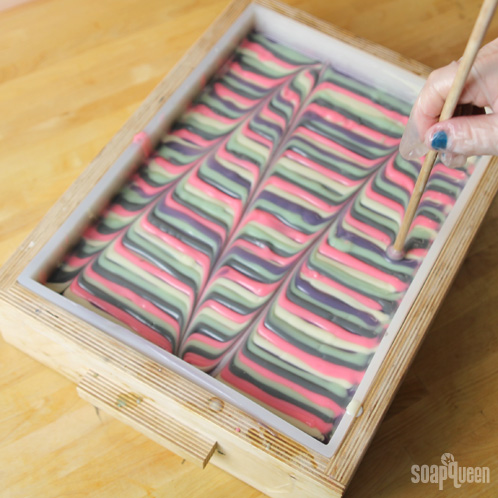

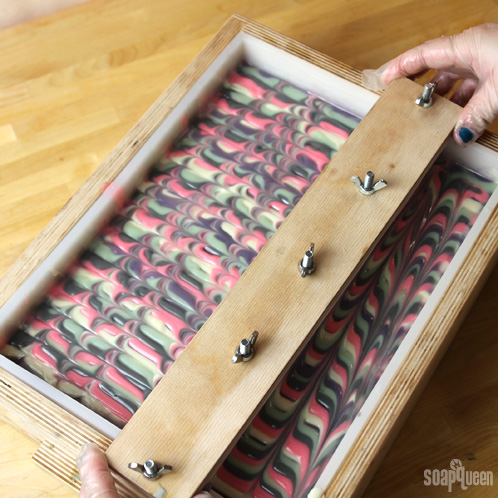
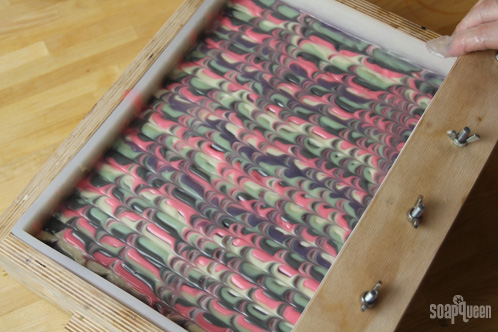








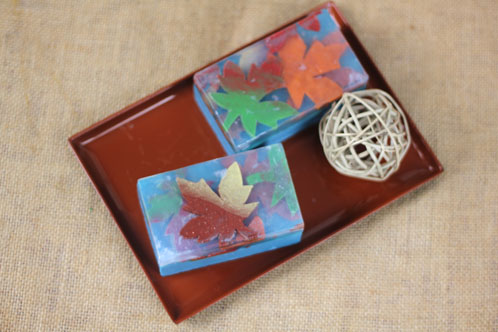
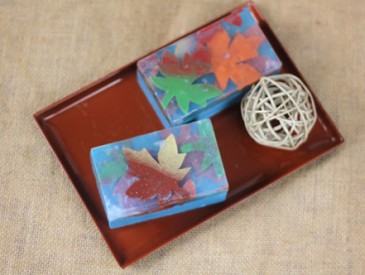

 THREE: Pour approximately 2 – 3 oz. of soap batter into a condiment bottle and color with 1 teaspoon of dispersed Hydrated Chrome Green. Plug the tip with your finger and then shake vigorously. Release your finger with the tip pointing away from your face and then set aside.
THREE: Pour approximately 2 – 3 oz. of soap batter into a condiment bottle and color with 1 teaspoon of dispersed Hydrated Chrome Green. Plug the tip with your finger and then shake vigorously. Release your finger with the tip pointing away from your face and then set aside.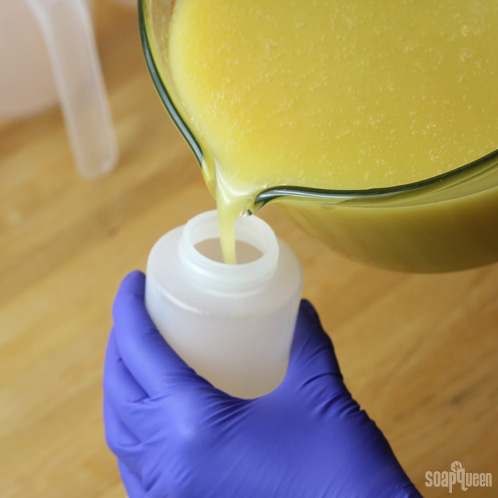 FOUR: In two additional containers, pour off about 2 cups each. You should have about 4 cups left in the original container.
FOUR: In two additional containers, pour off about 2 cups each. You should have about 4 cups left in the original container.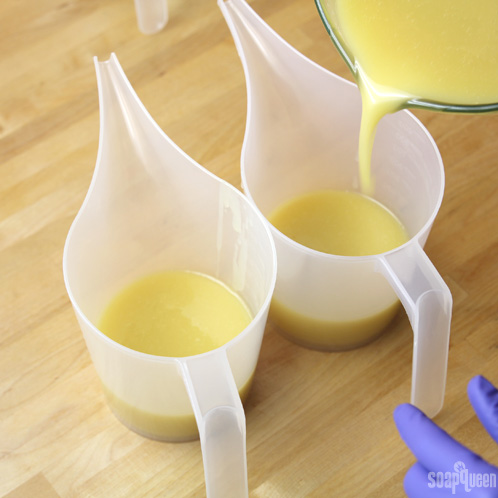 FIVE: Add the following colorants to the three containers:
FIVE: Add the following colorants to the three containers:
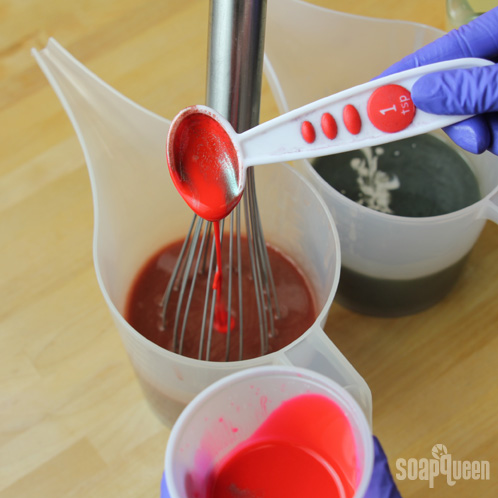 SIX: Using a wire whisk or spoon, split the fragrance equally among the 3 containers.
SIX: Using a wire whisk or spoon, split the fragrance equally among the 3 containers.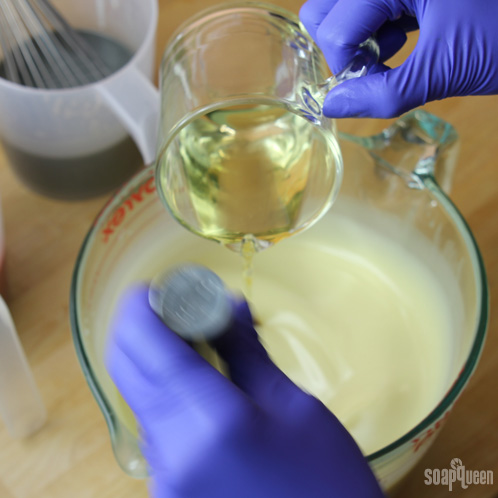 SEVEN:For the in-the-pot swirl, start by pouring the grey colored soap into the Titanium Dioxide colored soap in 4 places: 12:00 o’clock, 4:00 o’clock, 8:00 o’clock, and center. Repeat with the Merlot Sparkle Mica. Pour from a high point so that the soap penetrates the entire depth of the soap in the pot, which will create a swirl throughout the soap.
SEVEN:For the in-the-pot swirl, start by pouring the grey colored soap into the Titanium Dioxide colored soap in 4 places: 12:00 o’clock, 4:00 o’clock, 8:00 o’clock, and center. Repeat with the Merlot Sparkle Mica. Pour from a high point so that the soap penetrates the entire depth of the soap in the pot, which will create a swirl throughout the soap. EIGHT: Using a spatula, chopstick or dowel, swirl the soap by running the tool through each of the entry points once. Only once! You want to swirl but not mix the soap.
EIGHT: Using a spatula, chopstick or dowel, swirl the soap by running the tool through each of the entry points once. Only once! You want to swirl but not mix the soap. NINE: After you’ve swirled the soap, slowly pour the batter into the mold. We started pouring in the upper left hand corner and moved diagonally to the bottom right hand corner.
NINE: After you’ve swirled the soap, slowly pour the batter into the mold. We started pouring in the upper left hand corner and moved diagonally to the bottom right hand corner.
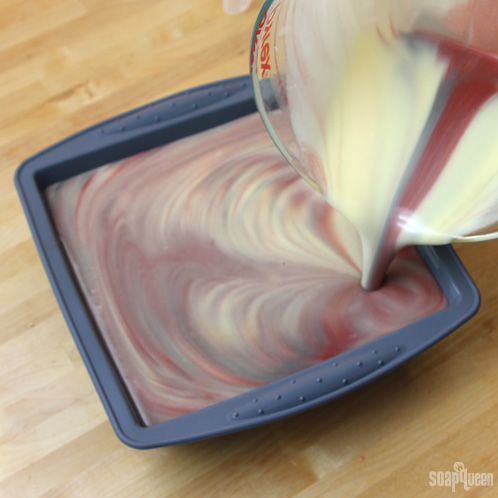 TEN: Now use the condiment bottle to “draw” holly leaf designs on the surface of the soap. We free-handed our designs, so have fun with this part!
TEN: Now use the condiment bottle to “draw” holly leaf designs on the surface of the soap. We free-handed our designs, so have fun with this part! ELEVEN: Once you’re satisfied with your leaves, pour the Cranberry Seeds as berries. In order to get little round berries that were relatively the same shape, we poured the seeds through an
ELEVEN: Once you’re satisfied with your leaves, pour the Cranberry Seeds as berries. In order to get little round berries that were relatively the same shape, we poured the seeds through an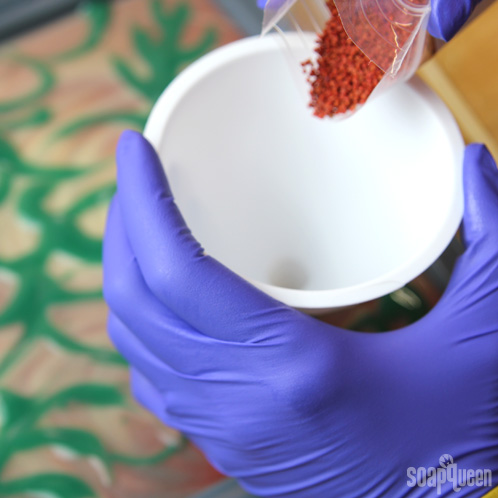
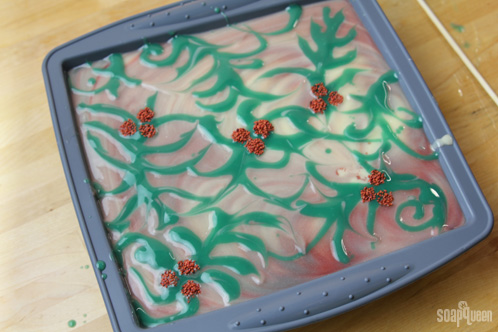 TWELVE: We recommend keeping a chopstick or pair of tweezers on hand to clean up any stray seeds. That will help you keep your “berries” looking like berries and not scattered bunches of seeds!
TWELVE: We recommend keeping a chopstick or pair of tweezers on hand to clean up any stray seeds. That will help you keep your “berries” looking like berries and not scattered bunches of seeds!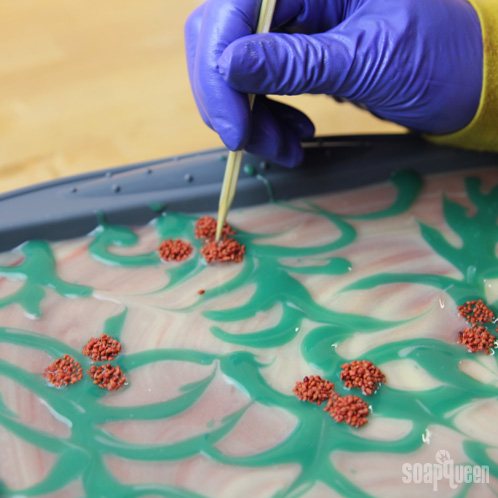
 Bonus: Check out the cut of this soap below!
Bonus: Check out the cut of this soap below!